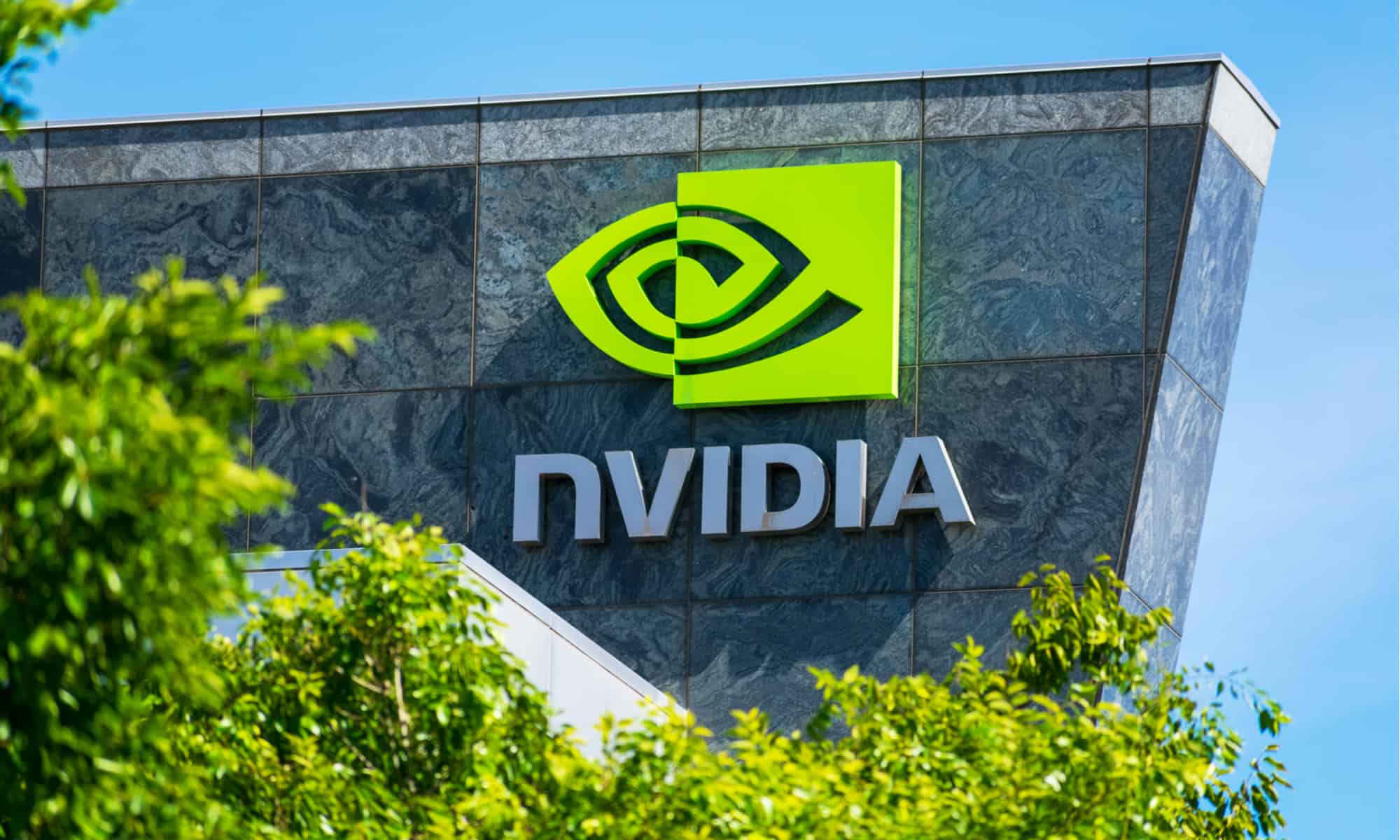Nvidia’s stock surge helps markets hit record highs. What is happening?
Nvidia, the chipmaker underpinning a much-hyped artificial intelligence revolution, saw its market capitalization briefly pass US$2 trillion for the first time on Friday amid a record-breaking week for Wall Street.
Nvidia’s stock traded as high as US$823.94 per share on the tech-heavy NASDAQ Friday before closing lower at US$788.17, up marginally from Thursday’s close.
Shares of the Santa Clara, Calif.-based company surged after an earnings report Wednesday that surpassed estimates and set out lofty expectations for demand in the year ahead.
The S&P 500 and Dow Jones Industrial Average clung on to end another session at fresh record highs on Friday. All three Wall Street indices scored weekly gains, as artificial intelligence stocks had enough steam to keep the rally chugging along.
Canada’s main stock index gained 95 points on Friday, notching another 22-month high after adding 150 points on Thursday.

Nvidia added US$277 billion in market value Thursday, setting a new record for a single-day gain on Wall Street. That helped the company vault to US$2 trillion from US$1 trillion market value in around eight months — the fastest among U.S. companies and in less than half the time it took tech giants Apple and Microsoft.
Barry Schwartz, chief investment officer and portfolio manager at Baskin Wealth Management, tells Global News that Nvidia’s rise is “something impossible to comprehend.”
“Nvidia has been one of the most stunning performers the world has ever seen,” he says. “It all has to do with the insatiable demand for AI and what’s coming.”
Schwartz says that the large cap tech companies such as Amazon, Google, Meta and Microsoft have all signalled in their recent earnings calls that they intend to collectively invest billions this year to build out their capacities to handle the cloud computing workloads needed to power AI tech.
AI uses have exploded over the past year from engines like ChatGPT writing essays to more recent applications like Sora, which are capable of rendering full video based on simple prompts.
Since Nvidia is the market leader in producing the kinds of semiconductors that power the massive computing needs for these AI tools, Schwartz says that many of those companies’ investments are going to go directly to Nvidia in the years ahead.
Nvidia’s rapid ascent in the past year has led analysts to draw parallels to the picks and shovels providers during the gold rush of 1800s.
“The people who made the most money in the gold rush of the mid-1800s were the ones providing the tools to get the job done, not those hunting for the precious metal,” said Russ Mould, investment director at AJ Bell, per Reuters.
One of the biggest risks for Nvidia making good on the lofty goals it has benchmarked are holdups in supply, Schwartz says. Semiconductor shortages were a hallmark of the supply chain snags that came to define the COVID-19 pandemic, and he cautions there’s a chance the company doesn’t have the raw materials needed to meet demand.
“There’s limits to how many chips it can produce. There’s limits to how many factories it can build and foundries it can produce and supplies and components it can get. So that’s one of the biggest risk for Nvidia,” he says.
Schwartz cautions that there will likely be “boom-bust” cycles for AI and that Nvidia may not hold onto its market share as competitors like AMD and Taiwan Semiconductor try to edge out the current titan in the space. He also says there’s a chance giants like Amazon and Microsoft get into the semiconductor business themselves rather than rely on external suppliers.
“Unless Nvidia comes up with faster, innovative and proprietary technology that no one can duplicate, there is a risk at some point that its lead starts to get eroded for sure,” Schwartz says.
“But the tailwinds for the next two to three years for Nvidia, because of the spend by the technology companies to rush into this goldmine of AI, it means that you’re looking at some pretty decent results from Nvidia going forward.”
How markets react to interest rate forecasts
News from inflation in both Canada and the United States is also set to have an impact on interest rate paths and growth outlooks for stocks.
Annual inflation cooled more than expected to start the year north of the border, Statistics Canada reported Tuesday, dropping below the three per cent bar in January.
That led markets to raise the odds of an interest rate cut from the Bank of Canada as early as April, though most forecasters are expecting easing to begin sometime in the summer.
There were some positive bits of inflation news in the U.S. on Friday morning as well, with revised figures for December showing prices rose less than initially thought for the month.
But the U.S. Federal Reserve this week pushed back on expectations for rate cuts to begin in the months ahead after hotter-than-expected inflation data last week dampened stock growth. Traders firmed up bets against any U.S. interest rate cuts before June after Fed Governor Christopher Waller on Thursday said he was in “no rush” to lower rates.
Interest rate expectations are critical for stock valuations for a few reasons, Schwartz explains. Firstly, businesses have debt to handle just like any household, so a lower path for interest rates removes some of the burden from borrowing costs on their bottom lines.
But investors are also more keen to put money in the stock market when interest rates are lower, he adds. When fixed-income products like guaranteed investment certificates (GICs) are providing bigger returns amid higher rates, there’s less incentive to jump into the riskier stock market. But as benchmark rates fall, investors are more likely to put their money in higher risk, higher growth opportunities to realize a return.
Cited from: Global News








